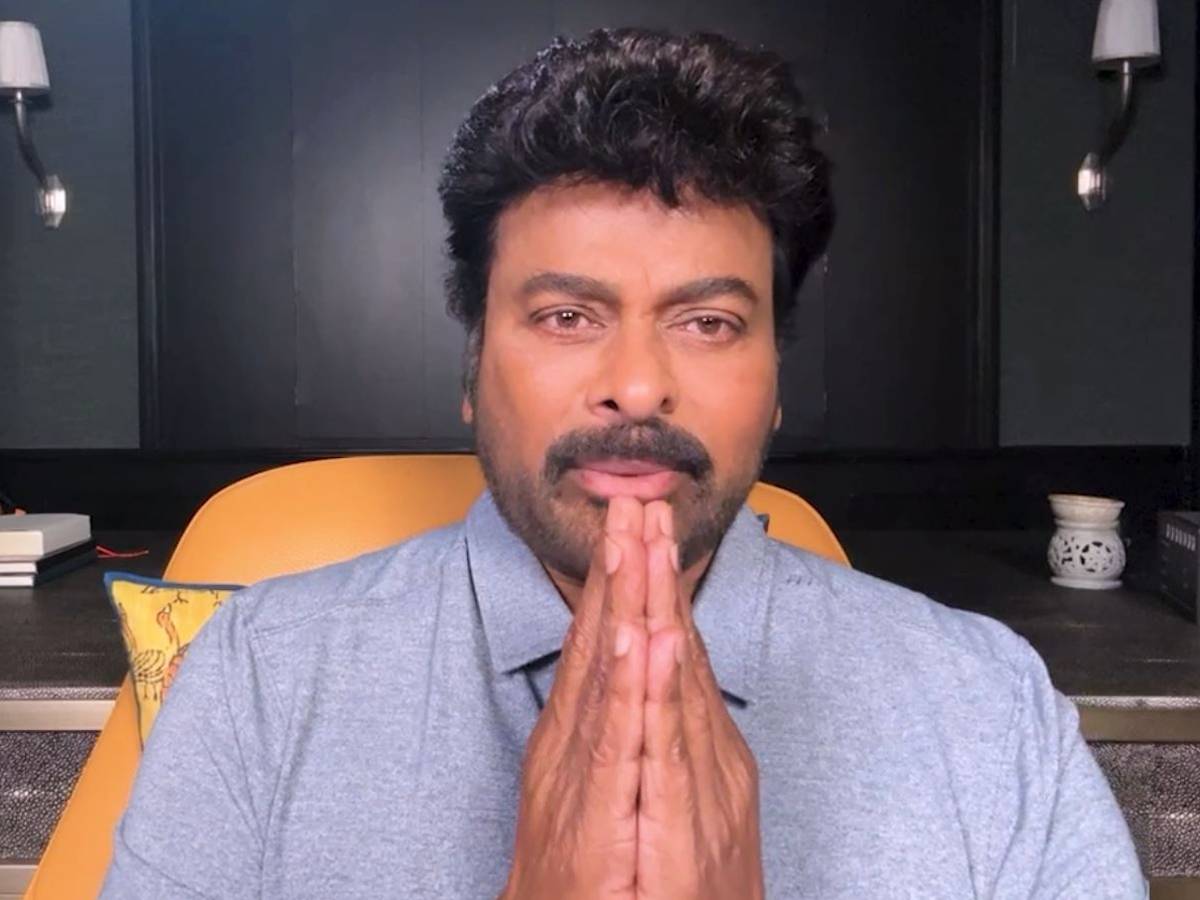
In the bustling arena of Indian democracy, Prime Minister Narendra Modi’s government has unfurled its bold banner of “One Nation, One Election” ahead of the ongoing Lok Sabha election. Defence Minister Rajnath Singh also said in a recent election rally at Kadappa District of Andhra Pradesh that if elected back to power, the NDA will implement the policy in next five years. This clarion call for synchronizing electoral calendars across the nation is not merely a matter of logistics—it’s a seismic shift with far-reaching political implications that demand our utmost scrutiny. At its core, the premise of “One Nation, One Election” appears seductively simple: streamline the electoral process, alleviate resource strain, and bolster governance stability. Proponents herald it as a panacea for the perennial disruption caused by staggered polls. Yet, as we embark on this journey, we must navigate a labyrinth of constitutional intricacies.
The central tenet of Indian federalism—the delicate balance of power between the centre and states—stands at the forefront of our deliberations. The very notion of synchronizing elections raises pertinent questions about state autonomy, diversity, regional aspirations and the sanctity of federal principles. Crafting a constitutional amendment to facilitate such a seismic shift demands not just a two-thirds majority but also the consent of states—a herculean task that cannot be understated.
As we gaze upon the canvas of India’s electoral voyage since 1951, it is clear that the Nation has confronted with a tapestry woven from the diverse threads of regional aspirations and political landscapes. Any attempt to homogenize election cycles must navigate the intricate mosaic of its state dynamics, and political shifts, each with its own unique challenges and aspirations. It’s imperative that the union tread cautiously, lest it trample upon the delicate fabric of the federal structure.
Furthermore, the discourse surrounding “One Nation, One Election” has been myopically fixated on efficiency, relegating broader constitutional considerations to the sidelines. The implications for emergency powers, the prerogatives of the presidency, and the delicate equilibrium between the centre and states demand an undivided attention. This is not merely about the tenure of governments—it’s about safeguarding the very essence of democratic ethos through constant checks. Amidst the cacophony of political rhetoric, one cannot afford to ignore the looming spectre of logistical challenges. The logistics of conducting synchronized elections on a massive scale are staggering, to say the least. Moreover, the spectre of increased polarization, one-party monopoly and politicization of national institutions threatens to corrode the integrity of the electoral process—an existential threat that cannot be taken lightly. The ethos of democracy demands periodic accountability and responsiveness to the electorate, which fixed terms for governments facilitate. Synchronizing elections would disrupt this fundamental principle, truncating or extending terms and breeding discontent among citizens.
Additionally, concerns have been raised about the potential imbalance that “One Nation, One Election” might introduce into the country’s political landscape. Will it afford an undue advantage to national parties at the expense of regional ones, thereby tilting the electoral playing field? Such questions strike at the very heart of our democratic principles, demanding rigorous introspection and deliberation. In charting the course ahead, any democratic government must adopt a more inclusive and consultative approach, engaging stakeholders from across the political spectrum and seeking counsel from constitutional luminaries. This is not a journey to be embarked upon lightly—it’s a solemn duty to safeguard the sanctity of our democratic institutions.
Drawing upon international examples, the intricacies of synchronizing elections on a national scale become even more pronounced. Nations like the United States, with its federal structure, have grappled with the complexities of simultaneous elections, often encountering logistical nightmares and political gridlock. Even in countries with centralized systems like France, attempts to synchronize local and national elections have been met with resistance and practical challenges. These examples underscore the formidable hurdles that India must surmount in its pursuit of the agenda, urging us to proceed with caution and foresight in the face of global precedents.
As India stand at the precipice of electoral reform with a high-level committee led by former President Ram Nath Kovind submitting its 18,626 pages report on the “One Nation, One Election” agenda to current President Droupadi Murmu, let us heed the lessons of history and exercise prudence and foresight. The path ahead may be fraught with challenges, but it’s also imbued with the promise of progress. Let citizenry not be swayed by the allure of efficiency at the expense of democratic vibrancy. Only through rigorous introspection and consensus-building can a nation navigate the intricate labyrinth of electoral reform and emerge stronger, united, and true to its democratic ideals. In the pursuit of a more perfect union, India must stick to foundational principles upon which democracy rests. In the crucible of constitutional scrutiny lies the true measure of commitment to democracy—a commitment that must endure the test of time.
The article is written by Amal Chandra, Author, Political Analyst, and Commentator







